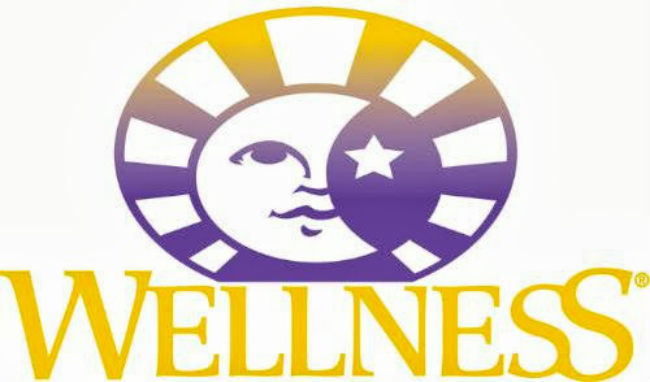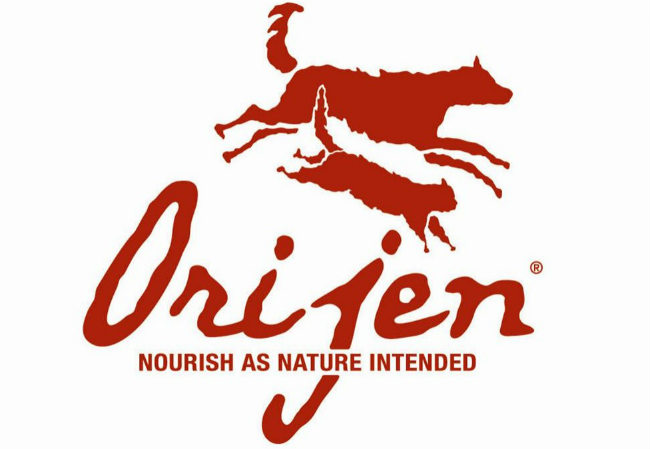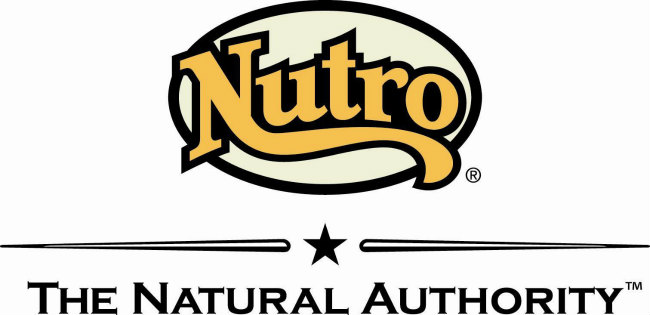WellPet LLC is a cat and dog food company formed by the combination of Eagle Pack Pet Foods and Old Mother Hubbard, after both had been purchased by the investment firm Berwind Corporation. In October 2007, Eagle Pack was sold to Berwind Corporation for an undisclosed amount. Between 2008 and 2009, Eagle and OMH were merged into a single entity called Wellpet LLC.
Wellness has a fairly good reputation and the only recent recall was in October of 2012. That recall was not serious and no illnesses or deaths were reported. They focus on high meat-based products and offer a number of grain-free products. Since grain free pet foods are becoming more popular, so is this brand.
In the article below, you will see a full list of ingredients for this product and a full breakdown of the top 10 ingredients in this food. Please let us know what you think by rating this cat food and also posting your thoughts about this product below in the commenting section.
List Of Ingredients In This Cat Food
Beef, Salmon, Salmon Broth, Beef Liver, Carrots, Sweet Potatoes, Dicalcium Phosphate, Guar Gum, Carrageenan, Squash, Cranberries, Blueberries, Zucchini, Ground Flaxseed, Calcium Carbonate, Taurine, Potassium Chloride, Iron Proteinate (a source of Chelated Iron), Zinc Proteinate (a source of Chelated Zinc), Vitamin E Supplement, Choline Chloride, Cobalt Proteinate (a source of Chelated Cobalt), Thiamine Mononitrate, Copper Proteinate (a source of Chelated Copper), Folic Acid, Manganese Proteinate (a source of Chelated Manganese), Niacin, d-Calcium Pantothenate, Sodium Selenite, Vitamin D-3 Supplement, Pyridoxine Hydrochloride, Riboflavin Supplement, Vitamin A Supplement, Vitamin B-12 Supplement, Potassium Iodide, Biotin.
Top 5 Ingredients Analysis
Beef
Beef is considered to be a higher quality ingredient. It is an excellent source of animal protein and contains many other nutrients that are very important for a cat to survive and thrive. Since this is not in “meal” form, that means this ingredient still contains all of its moisture content prior to cooking. Once fully cooked, most of this ingredient will have evaporated due to its high moisture content. That means, even when this ingredient is ranked highly, it will usually only provide a small percentage of the overall protein in the food. There is no dismissing this ingredient, though. It is high quality and we are pleased to see it listed.
Salmon
Salmon is an excellent source of high quality proteins for cats and is extremely rich in healthy Omega 3 and Omega 6 fatty acids. Some people worry about mercury levels in fish. It’s true that all fish contains some degree of mercury, the level in salmon is much lower than other types of fish and the FDA doesn’t believe it is cause for concern. Most salmon in cat food is farmed salmon, but higher end cat food (especially those labeled “natural”) can often times be fished from natural lakes and streams. The biggest problem with fish ingredients, including salmon, is if the fish includes an antioxidant called ethoxyquin (EMQ). It is believe that ethoxyquin could be very harmful to cats and other animals. Always make sure you are using “Ethoxyquin free” cat food blends when they include fish ingredients. When in doubt, call the customer service number and ask.
Salmon Broth
Like other types of broth in cat food, salmon broth is used as a flavor enhancer and source of moisture. It is considered to be a better ingredient to use than plain water. While not especially nutritious, your cat will probably appreciate the enhanced flavor and there are no known health risks associated with this ingredient.
Beef Liver
Some cat owners think they should avoid any type of liver because in high quantities, liver can be toxic to cats. However, in proper quantities this is actually a very safe and nutritious ingredient for most cats. Beef liver is not something most people would find appetizing, but in the wild, cats eat almost every organ of their prey, including livers. It contains a high amount of protein, iron, vitamins, minerals, and many essential nutrients that an obligate carnivore like a cat needs to thrive.
Carrots
A good source of carbohydrates, vitamins, and minerals, carrots are becoming more common in pet foods. This ingredient is also known to boost the immune system and help promote healthy eyes in cats as well as providing a good source of fiber.
Additional Ingredients Of Interest
Sweet Potatoes
Sweet potatoes provide a great source of potassium, vitamin B, and beta-carotene. This ingredient also provides antioxidant agents that specifically help to fight against cancer causing agents. This is a higher quality ingredient with no known negative side-effects.
Dicalcium Phosphate
Dicalcium phosphate (DCP) is a dibasic calcium phosphate formed by a reactive combination of calcium oxide and phosphoric acid. As a dietary supplement, it is commonly used as a source of calcium and phosphorus for both humans and animals. This ingredient is also frequently used as a firming agent and binder to help give the food more structure. While not an especially nutritious ingredient, the risk of adverse health effects due to cats consuming this ingredient appears to be very low.
Guar Gum
This ingredient is also sometimes called guaran. It is primarily the ground endosperm of guar beans. The guar seeds are dehusked, milled and screened to obtain the guar gum. It is typically produced as a free-flowing, off-white powder. This ingredient is mostly used to thicken the food and give it more texture. It is an FDA-approved, all natural GRAS (Generally Recognized as Safe) ingredient used by the food and cosmetic industries. It also is used to improve the shelf life of the food and helps lower the glycemic index of food. Many cat food companies claim this ingredient also aids in digestion and weight loss. There is some minor debate about the benefits of this ingredient with some claiming negative impacts, but in general, this is thought to be a relatively non-nutritious yet safe ingredient.
Carrageenan
This is an additive extracted from red and purple seaweeds, consisting of a mixture of polysaccharides. It is used as a thickening or emulsifying agent in food products. There is still much research being done on this additive and while it is generally considered safe, there is room for caution as carrageenan has produced intestinal damage and ulcers in some animal studies. If you would like more information about the ongoing research of this ingredient, you may reference this research study.
Squash
Squash is not an ingredient your cat will gain any nutritional value from, but it is a preferred “filler ingredient” that will help make your cat feel more full. Many cat foods will use grains for this purpose, but many cat owners have been shying away from grains in pet food, so ingredients like squash are becoming more common. In the end, this ingredient may help the food taste better and might help to make your cat feel more satisfied after eating a meal.





